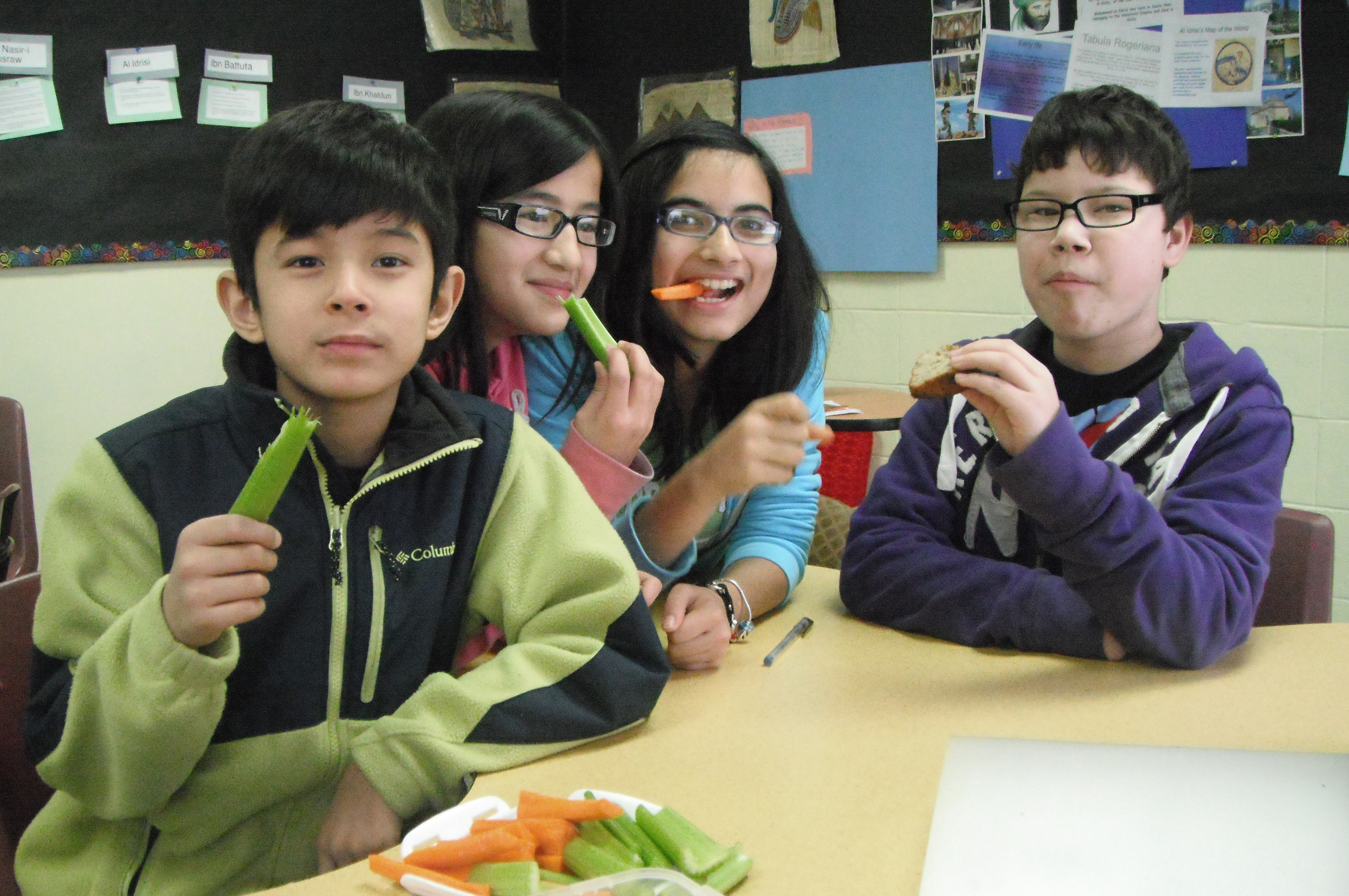This article is part of a series by the Ismaili Nutrition Centre that examines evidence-based studies published in scientific journals, and distils what they mean to our readers.
The World Health Organization defines overweight and obese as abnormal or excessive fat accumulation that may impair health. Overweight and obese children often suffer from breathing difficulties and can be diagnosed, at a young age, with high blood pressure, diabetes, or other conditions that will negatively impact their health.
Childhood obesity rates in the United States have more than tripled in the past thirty years, with many other western countries showing similar trends. Are kids getting more empty calories from their food? Empty calories are calories from foods that have high-energy but poor nutritional value; they are calories from solid fats and added sugars.
What foods are children eating that may be contributing to this epidemic, and what can be done? Researchers at the US National Cancer Institute used the national nutrition survey database to find the answer, and they published their results in the Journal of the American Dietetic Association in October 2010.
The study revealed that the most common sources of energy (calories) for 2–18-year-olds in the US were “grain desserts” such as cakes, cookies, doughnuts, crisps (amounting to 138 Calories per day), pizza (136 Calories per day) and soda (118 Calories per day). What was more surprising was that almost 40 per cent of the 2,000 Calories consumed every day came in the form of empty calories (433 Calories from solid fat and 365 Calories from added sugars). Almost half of these empty calories came from soda, fruit drinks, dairy desserts, grain desserts, and pizza.
What this means for your children
 Traditional kebabs are often deep fried; this is a much healthier recipe as the kebabs brown just as well when baked in the oven. Nazma Lakhani
Traditional kebabs are often deep fried; this is a much healthier recipe as the kebabs brown just as well when baked in the oven. Nazma LakhaniIt is much easier to establish good eating habits when children are young rather than correcting poor habits when they are older. Parents can provide good food choices and set a good example. Snacks should be considered as ‘mini-meals', and healthy options such as fruits, vegetables, low fat yogurt, and whole grain foods should be offered.
Make foods like grain desserts less tempting by offering less variety. Do not stock your kitchen with five kinds of cookies, pastries, sodas or other treats. By having fewer unhealthy food choices available, you can help your children limit unhealthy foods and eat a better diet, which contributes to their good long-term health.
For more information on healthy food choices for children and adolescents, see Eat for your age.
References
- Reedy J, Krebs-Smith SM. Dietary sources of energy, solid fats, and added sugars among children and adolescents in the United States. J Am Diet Assoc. 2010 Oct;110(10):1477-84.








